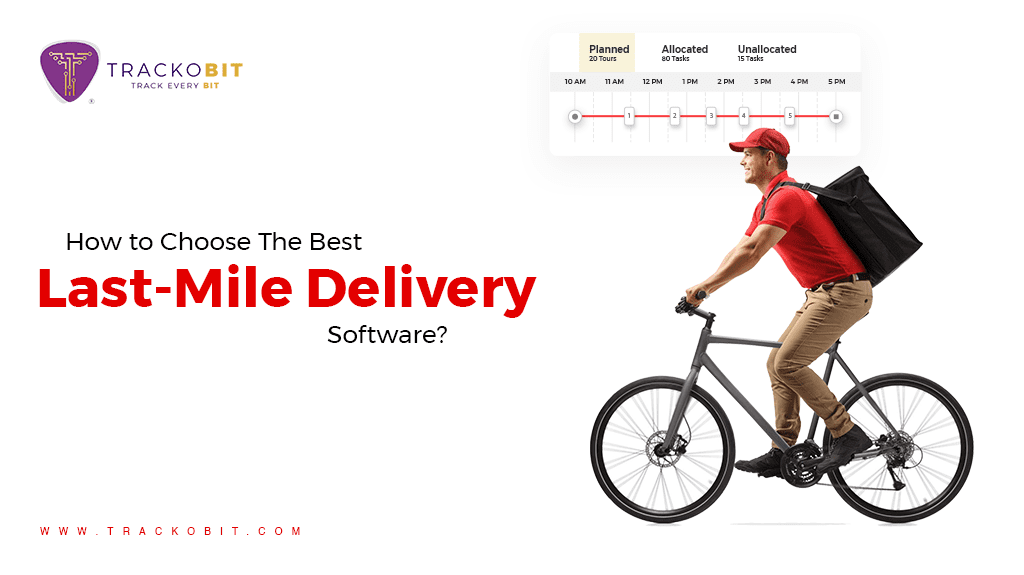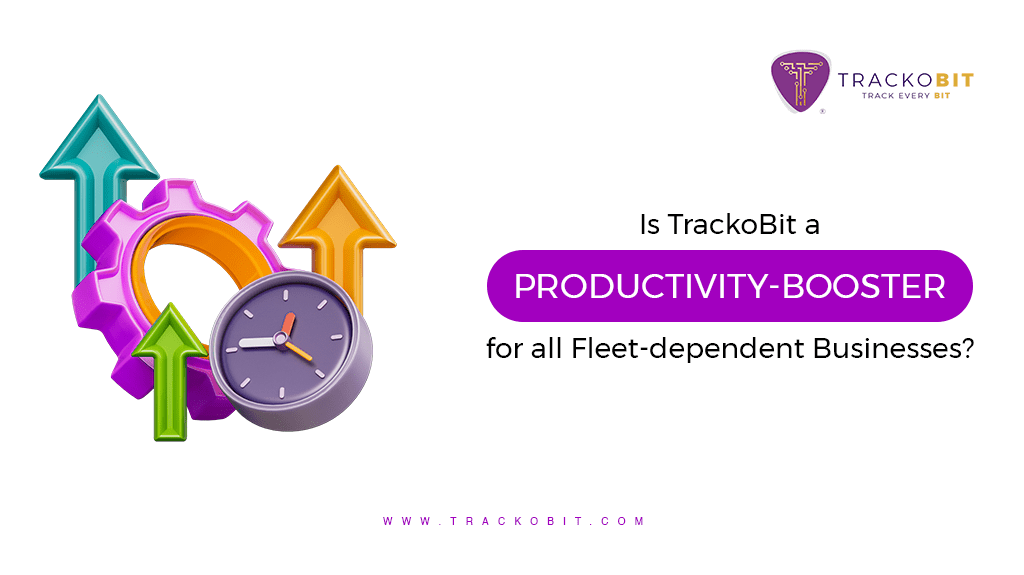What is Multi-stop Trip Sequencing?
Multi-stop trip sequencing is a route management solution that offers planning routes that considers the stops a vehicle needs to make, each stop’s priority, and delivery time window.
Multi-stop trip sequencing is different from simple route planning solutions with multiple waypoints because it sets sequences for each stop, regardless of its direction or position on the ‘ideal’ route. It puts much more importance on delivery/visit priority and schedule rather than fuel efficiency.
Why is Multi-stop Trip Sequencing Important?
Multi-stop trip sequencing is crucial because it:
- – Meets delivery time windows
- – Caters to the most important clients first
- – Prevents short-expiry consignments from going bad
Which Businesses Will Need Multi-stop Trip Sequencing Instead of Fuel-efficient Route Planning?
Fuel management and fuel consumption reduction are crucial. However, some business trip sequencing takes a higher priority over fuel management. Some such businesses are:
- – FMCG: FMCG businesses need to deliver consignments to retailers at scheduled times. Otherwise, consignment might go bad, or the retailer might not need it anymore.
- – After-sales Servicing: The serving agent needs to reach the customers at scheduled times. Otherwise, the customer might not be available at the location.
- – Medical Services: In the medical industry, on the transportation front, vaccines and medicines need to be delivered on time. Otherwise it will be rendered useless. Similarly, if there is a medical emergency, it is more important for the ambulance to visit that place before the driver thinks about fuel consumption.
How Does Multi-stop Trip Sequencing Work?
Here’s how fleet managers can use fleet management software or last mile delivery software to make use of the multi-stop trip sequencing feature:
- – Plan Stops: Managers need to plan which stops should be taken by which vehicle/driver/employee.
- – Entering Sequence: Managers need to add the priority levels like delivery time windows, or direct sequence of the stops into the route planning tool.
- – Software-produce Results: Once the software has all necessary information, IoT analyses, computes, and presents the most efficient route that connects all waypoints according to the desired sequence while also keeping fuel and time savings in consideration between stops.



